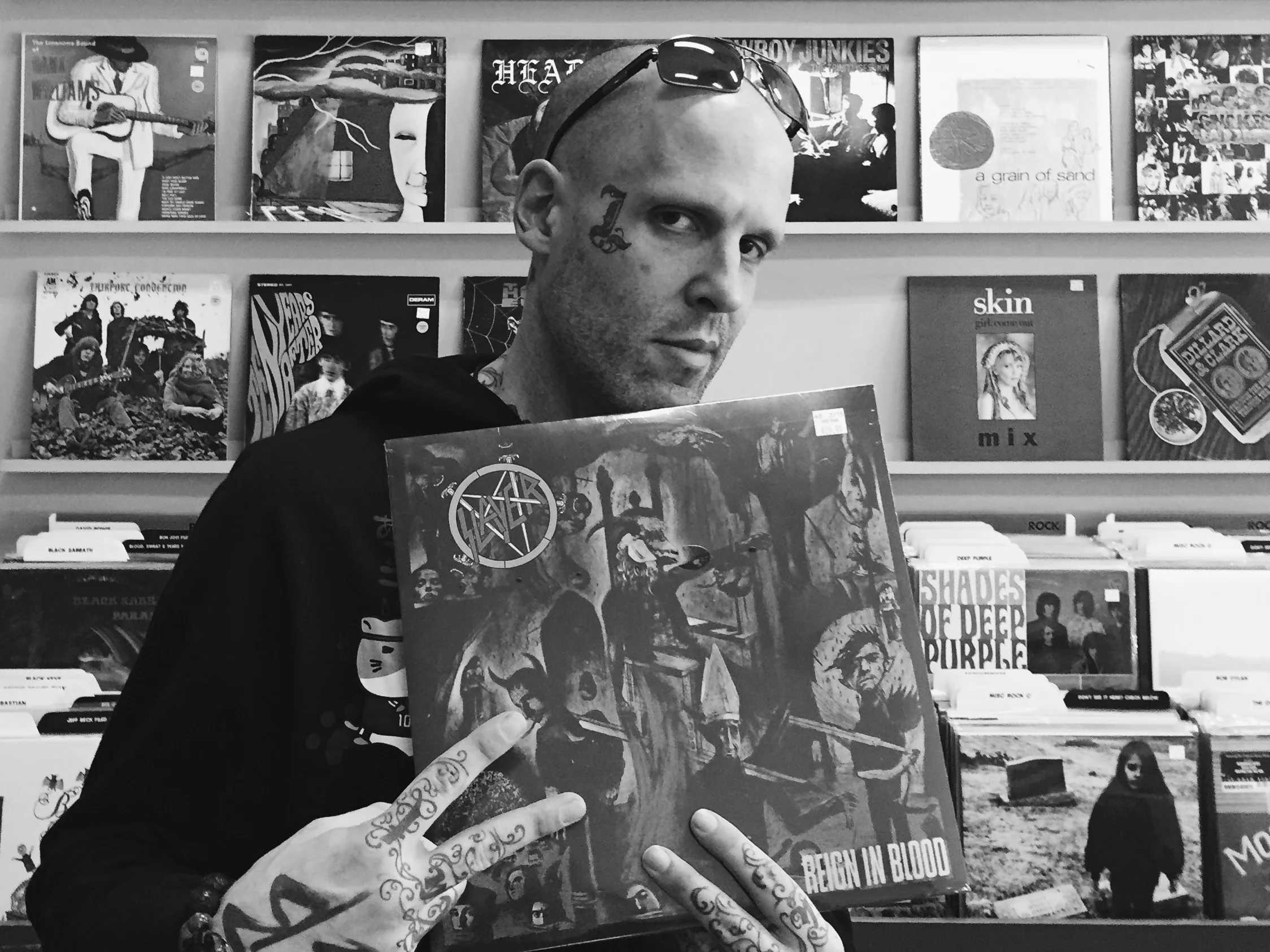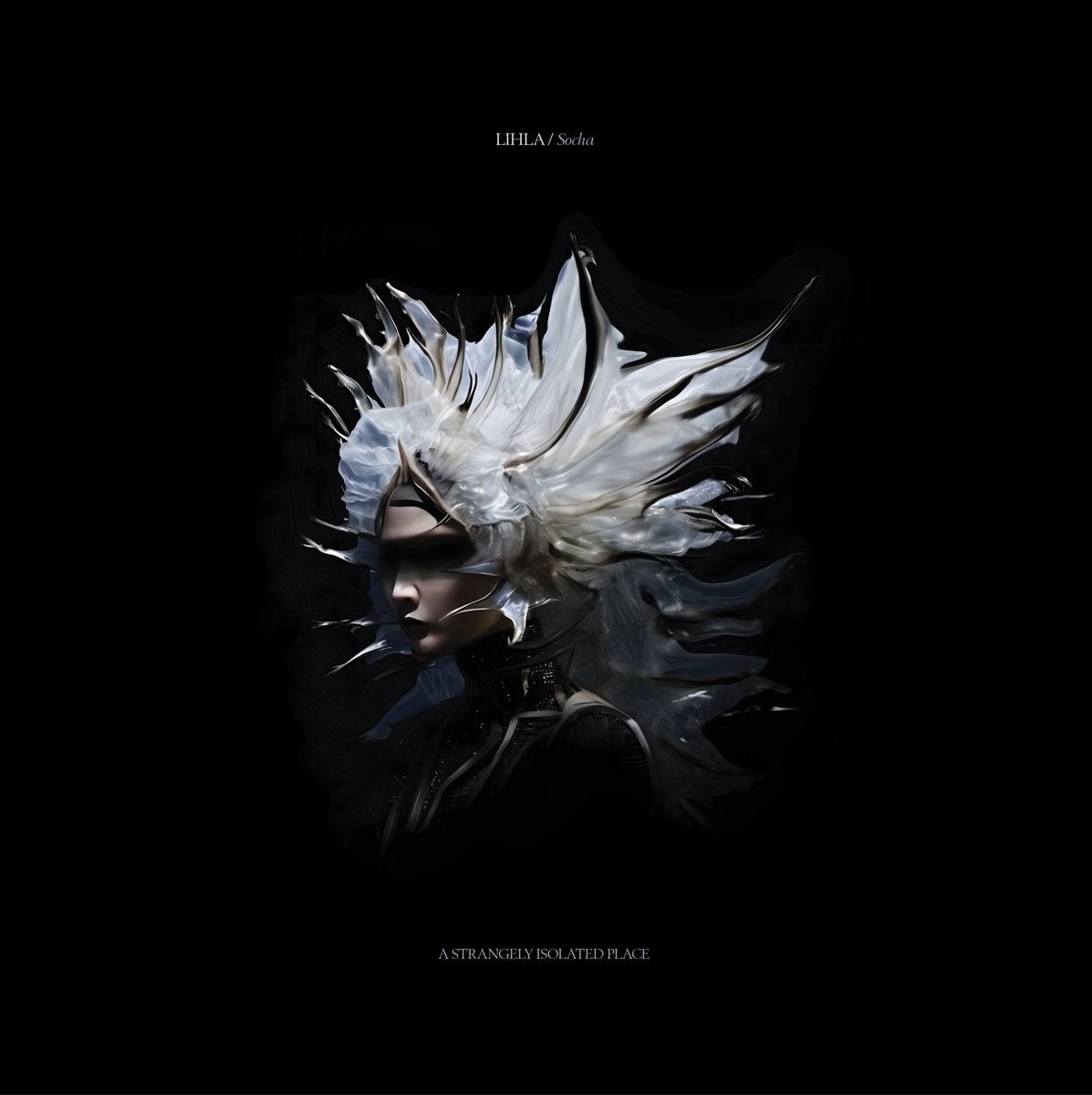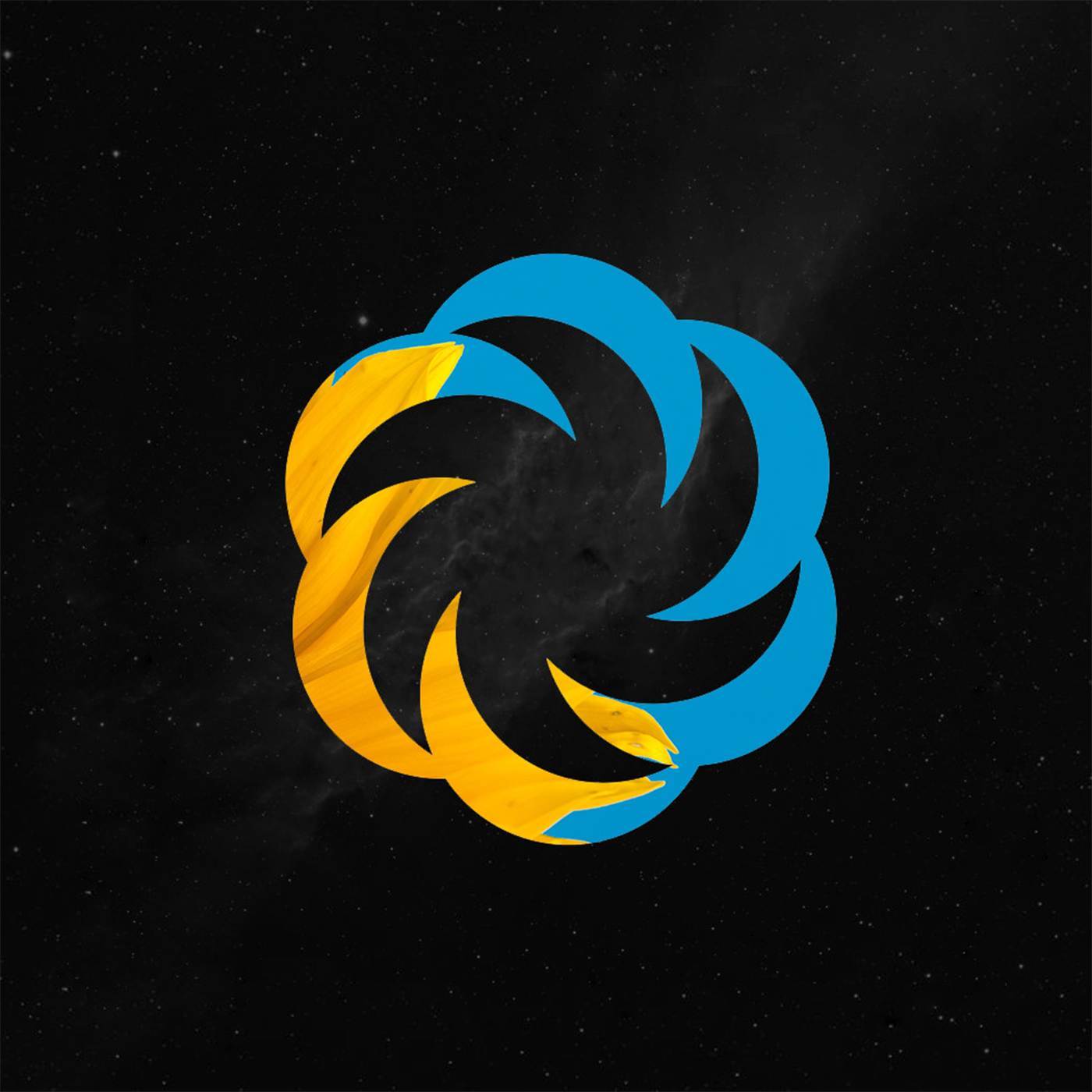The impossible task. Find a way to summarize the last ten years of music featured on the A Strangely Isolated Place blog and website.
First off, we have created the ‘tagged’ project, listing some of the hundreds of artists featured on the blog for you to explore over here. And pretty soon, we’ll have a special release for you all.
But I also wanted something that was closer to our blog beginnings, and a story told through a mix. What better way than tasking our favorite journey-maker, todos.
todos and his Kilchurn Sessions have been a staple of ASIP over the past ten years. We’ve even collected them all in one place, given how many posts they ended up spanning. I don’t need to add many superlatives about him here, but they are some of the best recorded mixes I have ever heard. And I mean it. You can hold-up (my personal favorite) professional mixed CD’s by Sasha, or James Holden for example, and I would be just as pleased listening to some of todos’ Kilchurn Sessions. He has a knack, a perfection and an obsession with mixing unique journeys that span everything from ambient, electronic, techno and instrumental elements, alongside a unique use of samples and movie quotes. He creates familiar and emotive narratives that need multiple revisits to appreciate the detail, skill and passion he put in.
Once todos agreed to my ask (nearly a year-ago now) I sent him the archive of posts from the old site, and a list of all the tags used across both new and old. My only criteria was that he needed to select tracks from artists or albums that were a part of that list - an attachment to ASIP and the blog. He had hundreds to sift through, some known, some new to him.
I don’t know how he did it.
I do know it was a headache for him, for months, but what he turned in, was something well beyond my expectations. He went through many iterations and different approaches, trying to do one chronologically in the order they were featured on ASIP for example, sending me revisions up until the very last minute, but in the end, he managed to find a selection of tracks that truly reflect the past ten years of discovery here on ASIP. And in a style only he knows how to execute.
A big BIG thank you to todos for soundtracking ASIP all these years. And for this, a superb piece of no-doubt painstaking work to help us celebrate ten-years of existence.
Once you’re done listening here, check out our ‘tagged’ project to explore even more.
~
Ten years of A Strangely Isolated Place - mixed by todos
Tracklist:
1. Minilogue - ‘Yesterday Bells’ edit (2008)/ Grzegorz Bojanek - A Huge Explosion After The War’ edit (2017)
2. Altus - ‘Virgo’ edit (2013) / Little Dragon - ‘Twice’ edit (2008) / Lights Out Asia - ‘Except Europa’ edit (2010)
3. Herbstlaub - ‘Softly hidden she.’ (Stray Theories remix) (2016)
4. Stellardrone - ‘Pale Blue Dot’ (2010)
5. Freescha - ‘Kite High’ (2009)
6. Benjamin Dauer - ‘Harmony Bound’ (2011) / Rhian Sheehan - ‘Standing In Silence Part 1’ edit (2010)
7. Jon Hopkins - ‘Private Universe’ (2008) / Opus III - ‘It’s A Fine Day’ edit (2009)
8. Sasha - ‘Broadcast’ (2016)
9. Umber - ‘Tomorrow We'll Throw Out Some Old Shoes’ (2011)
10. Kiyoko - ‘Sea of Trees’ (2012)
11. Bjorn Rohde - ‘Forest of Forgotten Hearts’ (2013) / Nils Frahm - ‘Peter’ (2013)
12. Jason van Wyk - ‘Eyes Shut’ (2017)
13. Roel Funcken - ‘Android Robson’ (2016)
14. Synkro - ‘Midnight Sun’ (2015)
15. Martin Nonstatic - ‘Open Minded’ (2015) / Aphex Twin - ‘Rhubarb’ (2009)
16. Sonitus Eco - ’Storegga Slide’ (2015)
17. Vermont - ‘Übersprung’ (2014)
18. Ocoeur - ‘Resonance’ (2013) / Sigur Ros - ‘Takk’ (2011) / Carbon Based Lifeforms - ‘Intro’ / ‘Hold’ (2014)
19. Donnacha Costello - ‘That Empty Feeling’ (2011)
20. Rhian Sheehan - ’Sileo’ (2013)
21. Markus Guentner - ‘Baryon’ (Feat. The Sight Below) edit (2015) / Porya Hatami - ‘Fen’ (By Segue) edit (2015)
22. Tegh - ‘Down’ (2014)
23. Arovane - ‘Woven’ (Peter Benisch Remix) edit (2015)
24. John Beltran - ‘Seasons Go’ (2013)
~
Includes audio recordings taken in and around USA, Germany, UK, Italy, Poland, Australia, Netherlands and Japan.
Special thanks to Ryan, Marcel, Eiko, Spencer and James for the support and sending me snippets of your own strangely isolated places. It was a pleasure incorporating them into this mix.
*Years indicate when tracks were featured on ASIP, not necessarily when they were released*
Artwork by ASIP, containing elements from Mario Morales and Nick Brzostowski.
































